Lemon prices drop sharply
Due to the impact of the consumer market, the price of commercial lemons in Tien Giang province has decreased sharply, causing farmers to lose revenue. According to VOV, a month ago, the price of lemons was around 20,000 VND/kg, now it has decreased to 8,000-10,000 VND/kg, a decrease of nearly 50%. At this price, each kg of lemon, farmers only make a profit of a few thousand VND.
According to traders, the sharp drop in lemon prices is due to storms and rain, which has reduced demand for this fruit in the northern provinces. In addition, lemon productivity at this time is quite high, leading to "supply exceeding demand".
Chinese VIP and 'aristocratic' goods come to Vietnamese market at dirt cheap prices
Preliminary statistics from the General Department of Customs show that in the first 9 months of this year, traders and businesses in our country spent 696.59 million USD (equivalent to about 17,400 billion VND) to buy Chinese fruits and vegetables, mainly fresh fruits.
In the market, from shops, supermarkets to markets, Chinese fruits are sold everywhere. Notably, not only are there super cheap products priced from a few thousand VND per kg to about 10,000-20,000 VND/kg, many VIP fruits and "noble" fruits are also sold in the market at dirt cheap prices.
Traders say that because of their low prices, variety, and attractive designs, Chinese fruits dominate the market. The amount of consumption is several times that of Vietnamese fruits and dozens of times that of other imported fruits. (See details)
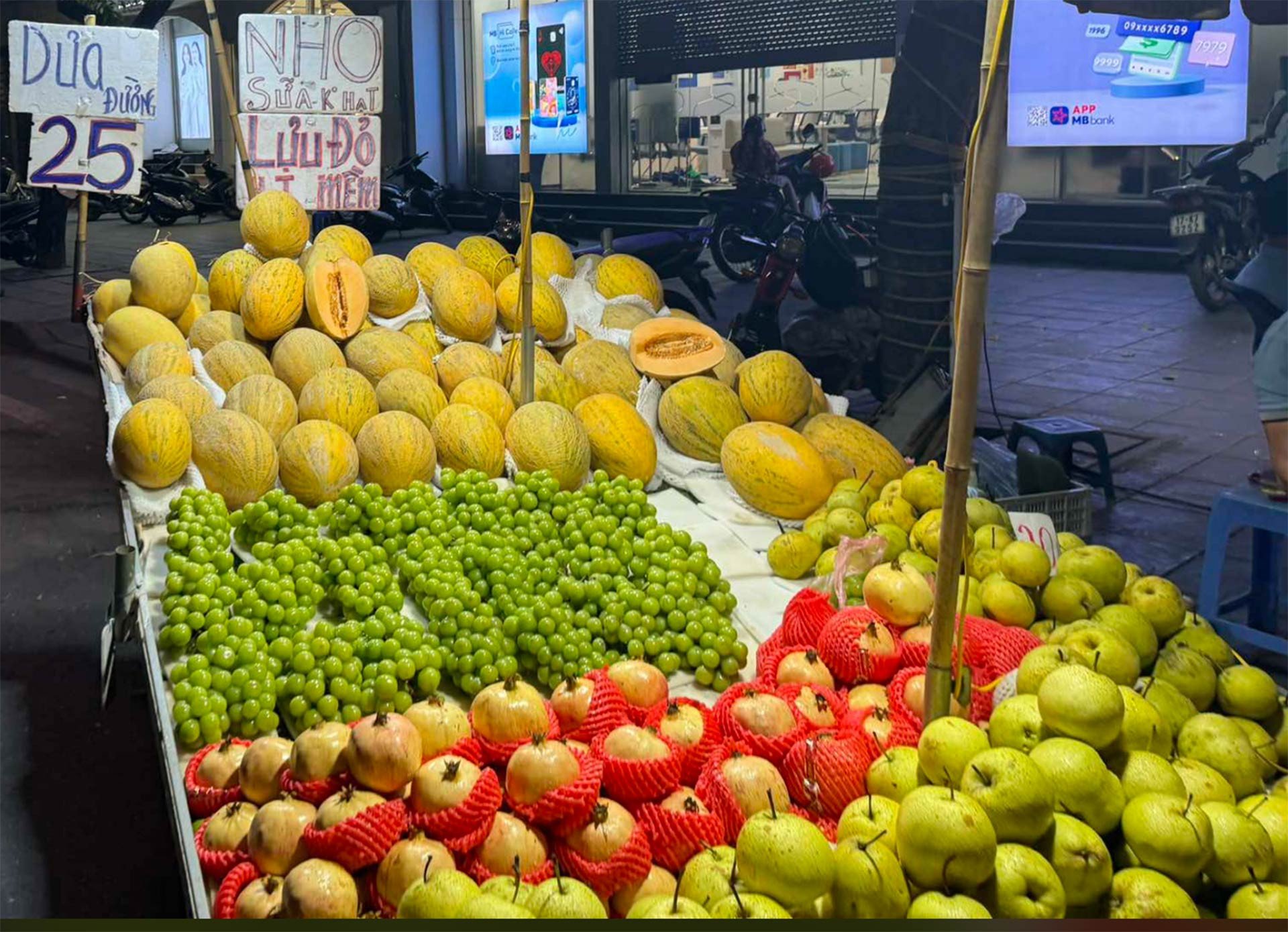
Flower prices on October 20 increased sharply
On the occasion of October 20 this year, the fresh flower market in Hanoi is quite crowded. VTC News reported that the price of fresh flowers in Hanoi during the October 20 holiday increased sharply by 20-30% compared to normal days.
Specifically, traditional roses cost from 8,000-10,000 VND/flower, Dalat roses cost from 18,000-20,000 VND/flower...
The price of some imported flowers is also expensive during this holiday, such as Ecuadorian roses cost 120,000-150,000 VND/flower, Dutch tulips cost 110,000-130,000 VND/flower.
Bouquets of flowers are commonly priced from 250,000-500,000 VND, with higher-end types costing from 2,000,000 VND to tens of millions of VND.
Besides fresh flowers, wax flowers, wax flower teddy bears, and wool flowers are also popular gifts for young people. Wool flowers or wool animal figures cost 30,000-50,000 VND/bunch.
China 'turns around', areca nut prices on the decline
Fresh areca nut prices, after skyrocketing and setting a record, are now on a downward trend. Tuoi Tre newspaper reported that on October 18, fresh areca nut prices in Quang Ngai continued to fall, drying kiln owners were cautious in purchasing, and some kilns had temporarily stopped buying.
In Son Tay district – known as the land of thousands of areca nuts with more than 1,000 hectares of areca nuts bearing fruit – people said that two days ago the price of fresh areca nuts was 80,000 VND/kg, now it is only 60,000 VND/kg.
Traders said that China's "turning around" and restricting imports was the main reason for the plummeting areca nut prices. Mr. H., a trader who works directly with Chinese partners, explained that China stopped importing areca nuts from Vietnam because many companies had enough raw materials for production, while some companies did not have enough and still imported but in small quantities.
Sky-high prices force pho restaurant owner to ask customers to 'reduce onion and coriander'
The sky-high prices of green onions, coriander, and dill are still hard to buy because of scarcity. These spices are so expensive that pho restaurant owners have recently had to ask customers to “reduce the amount of onions and coriander.”
According to vegetable traders at the market, the recent storm and flood have severely damaged many vegetable areas, including spices. Therefore, these items are not only scarce but also expensive.
“At this time last year, green onions were only around 30,000 VND/kg, now they are 80,000 VND/kg and there are still no products to sell,” said Ms. Nga, a vegetable vendor at Dai Tu market (Hoang Mai, Hanoi). As for Vietnamese coriander, before the storm, the price was only 40,000-50,000 VND/kg, now it has jumped to 120,000 VND/kg. (See details)
Traders unexpectedly do not buy big lobsters
Green lobster farmers in Phu Yen and Khanh Hoa are worried that the Chinese market only consumes small lobsters. According to VTV, traders only buy green lobsters weighing less than 0.3 kg each.
This has put lobster farmers in the South Central provinces in a difficult situation because large lobsters cannot be sold. The price of large lobsters has dropped from VND1 million to about VND600,000/kg, while lobsters under 0.3kg cost from VND700,000-780,000/kg.




![[Photo] Discover the beautiful scenery of Wulingyuan in Zhangjiajie, China](https://vphoto.vietnam.vn/thumb/1200x675/vietnam/resource/IMAGE/2025/5/11/1207318fb0b0467fb0f5ea4869da5517)
![[Photo] National Assembly Chairman works with leaders of Can Tho city, Hau Giang and Soc Trang provinces](https://vphoto.vietnam.vn/thumb/1200x675/vietnam/resource/IMAGE/2025/5/11/c40b0aead4bd43c8ba1f48d2de40720e)

![[Photo] National Assembly Chairman Tran Thanh Man attends the Party Congress of the Committee for Culture and Social Affairs](https://vphoto.vietnam.vn/thumb/1200x675/vietnam/resource/IMAGE/2025/5/11/f5ed02beb9404bca998a08b34ef255a6)




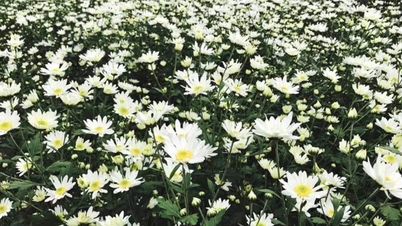


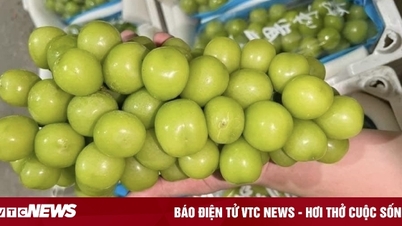
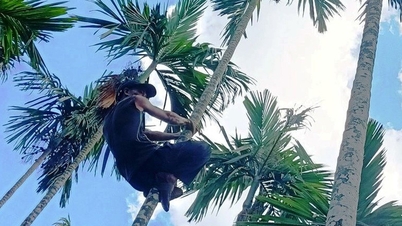





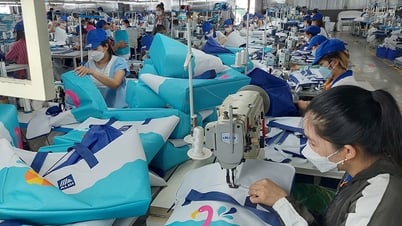










![[Photo] Prime Minister Pham Minh Chinh chairs the fourth meeting of the Steering Committee for Eliminating Temporary and Dilapidated Houses](https://vphoto.vietnam.vn/thumb/1200x675/vietnam/resource/IMAGE/2025/5/11/e64c18fd03984747ba213053c9bf5c5a)


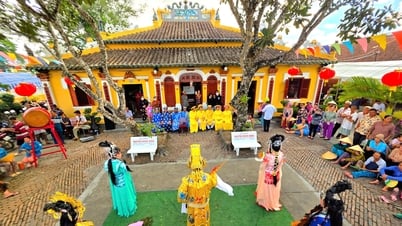

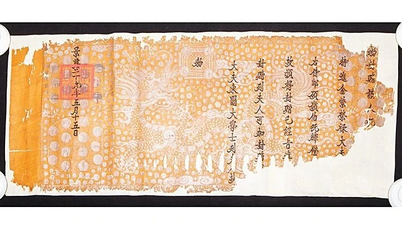














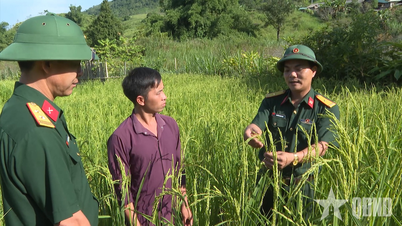



























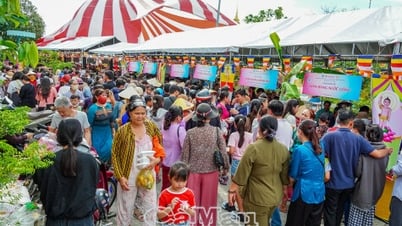










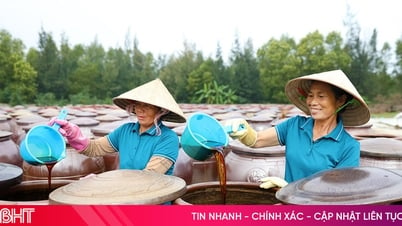





Comment (0)